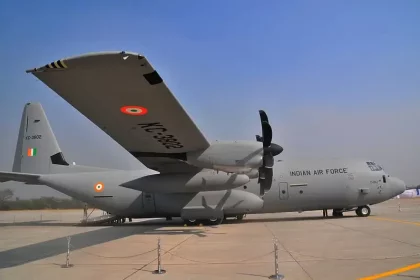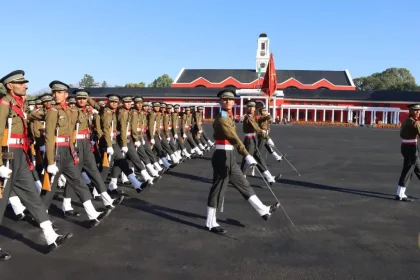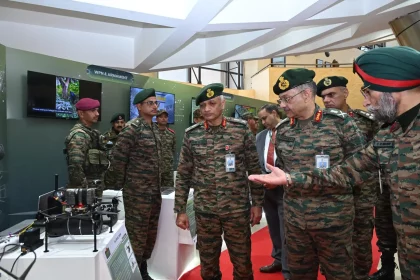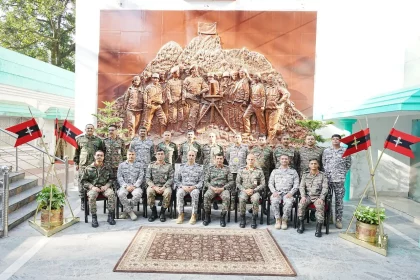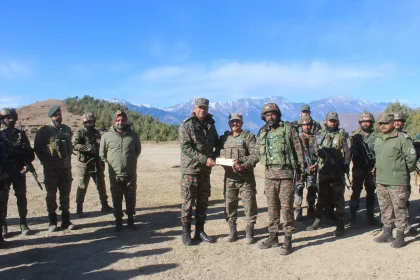India–US Defence Ties Deepen as Lockheed Martin & TLMAL Deliver 250th C-130J Tail Assembly
Hyderabad-built tail assembly marks a major leap in India’s role within the global C-130J production ecosystem.
GE Aerospace Hands Over Fifth F404-IN20 Engine to HAL, Boosting TEJAS MK-1A Programme
GE Hands Over Fifth F404-IN20 Engine to HAL, Boosting TEJAS MK-1A Production Momentum.
Dehradun Implements Traffic Diversion Ahead of IMA Passing Out Parade from December 6 to 13
Traffic Diversions Announced in Dehradun Ahead of IMA Passing Out Parade on December 13, 2025.
Lieutenant General Pushpendra Singh Reviews Soldier-Driven Innovations at Innoयोद्धा 2025 in New Delhi
VCOAS Felicitates Top 32 Innovators Showcasing Cutting-Edge Battlefield Solutions.
Army–Air Force Conduct Bi-Annual BAJAAL Conference in Udhampur to Strengthen Joint Logistics
Key Focus on Synergy, Interoperability and Optimised Air Maintenance for Forward Areas.
Lt Gen Prasanna Kishore Mishra Reviews Anti-Terror Operations in Hinterland, Calls for Heightened Vigilance
Army Reiterates Firm Stand Against Terrorism During High-Level Field Review.

